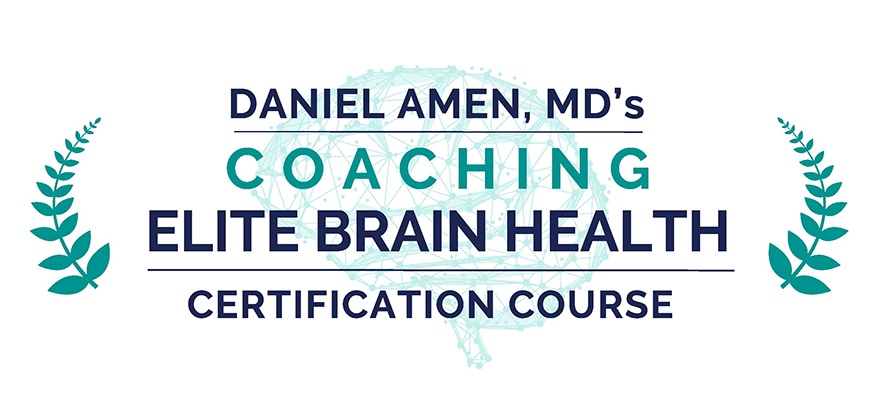
Most fitness professionals have watched a familiar storyline unfold. A client arrives full of enthusiasm, talks confidently about lifestyle goals, trains consistently for a short time, then quietly begins to disappear. Missed sessions turn into cancellations, and soon you wonder what happened to all that early excitement.
It is tempting to assume the client just lost interest. Yet motivation is not simply a mindset issue. It is deeply tied to how the brain handles effort, reward, fear, and habit. When you understand these patterns, you can create training experiences that feel inviting, encouraging, and manageable for the brain, making long term follow through far more likely.
Contents
Why The Brain Controls Motivation More Than Muscle
Physical transformation happens in the gym, but the desire to begin, continue, and stay committed begins inside the brain. Before a client warms up or tries a new exercise, their brain has already decided whether the experience feels safe and worthwhile.
The Brain Prefers Familiarity And Predictability
Change can feel intimidating, especially when it involves new environments, new equipment, or unfamiliar expectations. The brain is always scanning for signals of safety. If something feels unpredictable or uncomfortable, motivation drops.
Trainers who understand this can make early sessions simple and structured. Clear demonstrations, step by step explanations, and a calm environment help clients relax. When clients know what to expect, their nervous system softens and engagement increases.
How The Brain Balances Effort And Reward
The brain constantly evaluates whether a task feels worth the effort. When a workout seems too challenging or the payoff feels distant, the brain leans toward avoidance. When clients experience small victories or emotional boosts, the brain begins to view training as rewarding.
You can support this by creating early wins. A positive first week builds confidence and gives the brain a reason to return.
Essential Brain Systems Linked To Exercise Motivation
You do not need advanced scientific knowledge to use brain insights effectively. A few key systems influence how clients respond to your coaching.
The Prefrontal Cortex And Commitment
This region supports planning and decision making. When it is functioning well, clients show up consistently and stay engaged. Stress, lack of sleep, or mental overload can weaken this system, making it difficult to follow through.
Encouraging lifestyle basics, such as quality sleep and manageable routines, helps protect this important part of the brain.
The Limbic System And Emotional Memory
The emotional brain plays a strong role in shaping exercise behavior. Past negative experiences, such as gym embarrassment or body shaming, can activate fear-based responses.
Trainers who stay aware of this can soften the emotional load by using supportive language, offering privacy when needed, and celebrating effort instead of perfection.
Motivation Circuits And Initiation
Many clients say the hardest part of a workout is starting it. This relates to action-initiation systems in the brain that can become sluggish when someone feels tired or discouraged.
A gentle entry point, such as a short warm up or a simple “just walk in the door” expectation, can help clients overcome this barrier.
Applying Brain Principles During Training Sessions
Brain-aware coaching does not require complicated explanations. Small shifts in how you lead sessions can make a big difference.
Create Emotionally Safe First Sessions
The emotional tone of early training experiences shapes how the brain remembers them. You can build safety by:
- Asking about past movement experiences and listening for sensitive areas.
- Introducing new exercises gradually and demonstrating them first.
- Offering supportive feedback even for small efforts.
When clients feel understood and respected, their brain is more open to challenge.
Use Small Wins To Support Reward Pathways
Positive reinforcement strengthens the brain’s desire to repeat the behavior. You can:
- Highlight small improvements in strength, stamina, or form.
- Point out emotional or physical benefits they notice, such as better sleep or more energy.
- Encourage reflection at the end of each session so clients remember their progress.
These small acknowledgments help clients internalize the identity of someone who trains consistently.
Match Training To The Client’s Mindset And Brain Style
Different brains respond well to different environments. Some clients enjoy high energy challenges, while others prefer steadier movements. Paying attention to their reactions helps you adjust your approach.
For example, overwhelmed clients may prefer fewer decisions and shorter sessions, while curious or easily bored clients may enjoy variety and new activities.
Supporting Brain-Friendly Habits Beyond Training Sessions
Long term success depends on what clients do between appointments. Brain-aware strategies can help them build steady habits.
Use Habit Connections To Support Consistency
Linking new habits to existing routines helps the brain remember them. This approach works well for simple exercises such as:
- “After I make morning coffee, I will stretch for two minutes.”
- “When I get home from work, I will take a quick ten minute walk.”
- “Before I shower, I will complete a short set of bodyweight exercises.”
These associations reduce the mental load required to stay consistent.
Prepare For Days With Low Motivation
Motivation shifts naturally throughout the week. Encouraging clients to plan for low energy days prevents all or nothing thinking. You might suggest:
- A brief five minute routine that counts as a success.
- Sending you a quick message when they feel tempted to skip entirely.
- Remembering that even modest effort still strengthens habits.
These gentle expectations reduce pressure and keep clients engaged through tough moments.
Becoming A Brain-Informed Fitness Professional
Fitness training continues to evolve. Clients appreciate professionals who recognize the connection between body, mind, and brain. Adding brain insights to your skill set helps you guide clients with greater clarity and empathy.
You can build your knowledge through continuing education, books, practical courses, or comprehensive certification programs focused on brain health. Look for training that turns science into simple tools you can bring directly to your sessions.
When you combine your movement expertise with an understanding of how the brain shapes motivation, you create an environment where clients feel supported, capable, and eager to return. This blend often leads to steady progress and meaningful long term change.

